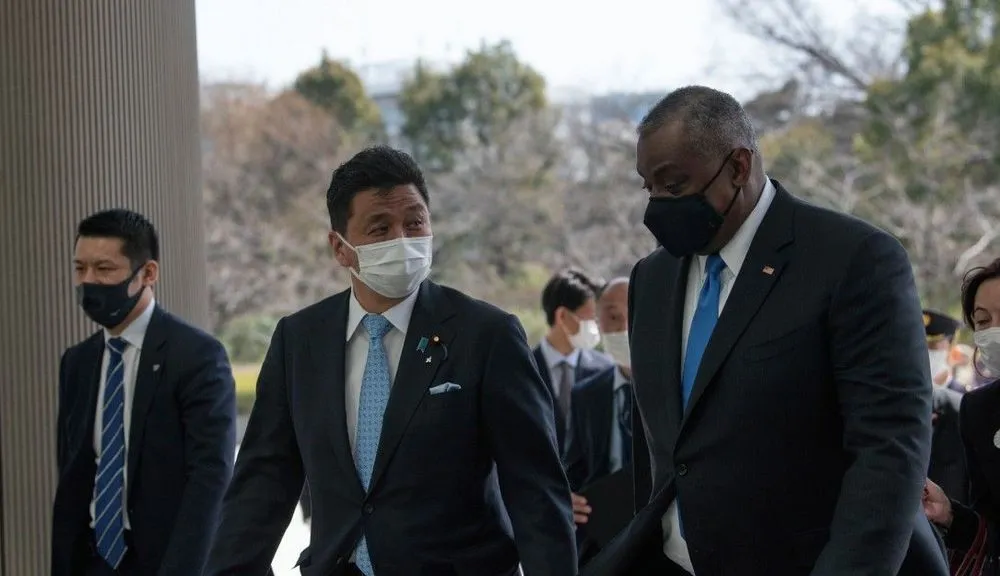Digital cooperation by US, Ukraine is a success on multiple levels, Pentagon chief says
U.S. Cyber Command’s doctrine of staying in constant contact with adversaries in cyberspace is “paying dividends” for network defenders in the U.S. and Ukraine, Defense Secretary Lloyd Austin said Wednesday.
“It also allows us to get early warning. If we see something developing that could be a threat to our allies, or us. And so that's been very helpful to us,” Austin told the House Appropriations Defense Subcommittee.
The doctrine — known as “persistent engagement” — has been in place since 2018 when the Pentagon issued a new cyber strategy that moved away from a mostly responsive footing to a strategy of “Defend Forward,” meant to counter adversary behavior as close to the source as possible.
Last month, Army Gen. Paul Nakasone, the commander of Cyber Command and the director of the National Security Agency, testified that the military’s elite digital warfare unit had “stepped up” its efforts to bolster Ukrainian networks in the face of Russia’s invasion.
Speaking at a conference at Vanderbilt University last week, Nakasone said Cyber Command had conducted nine “hunt forward” operations in different countries last year in support of the engagement approach.
“These are countries that have asked for our assistance, deploying our defensive teams for being able to identify malware and tradecraft our adversaries were using and then sharing that broadly with a commercial provider,” he said, the same day Cyber Command revealed it had deployed operators to Lithuania.
Austin told lawmakers the doctrine has proven “absolutely critical.”
“That's why, early on, we partnered with Ukrainians and helped them with training and helped them to outline issues associated with their networks,” he said.
Austin noted the Biden administration has requested more than $11 billion for the Defense Department’s cybersecurity needs in fiscal 2023, including hardening its own systems.
That request “helps us to modernize the force, but it also helps to increase the size of the force. And that will help in our efforts to partner with additional nations, not only in Europe, but most importantly in the Indo-Pacific as well,” he said, making a not-so-subtle reference to China’s influence in the region.
Cyber Command's Cyber Mission Force — a host of around 6,200 personnel pulled from the military branches and divided into 133 teams — is slated to grow by 14 teams over the next few years.
Austin also said DoD is “doing everything within our power to be ready to assist” the Homeland Security Department as it tries to ready the country against potential cyberattacks from Russia.
“We've leaned forward on this quite a bit,” he told lawmakers, adding coordination between Cyber Command, NSA, and DHS and other organizations, like the Office of the National Cyber Director, had become routine. “There’s a great relationship there.”
Martin Matishak
is the senior cybersecurity reporter for The Record. Prior to joining Recorded Future News in 2021, he spent more than five years at Politico, where he covered digital and national security developments across Capitol Hill, the Pentagon and the U.S. intelligence community. He previously was a reporter at The Hill, National Journal Group and Inside Washington Publishers.



